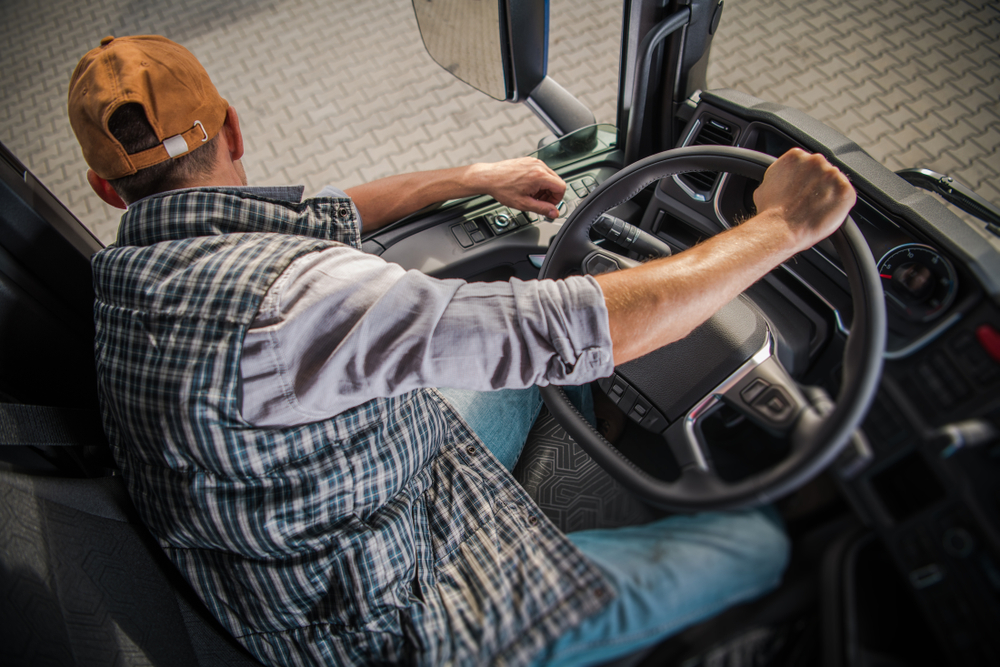So, you have decided you want to be a commercial truck driver? Great! The next step is to decide which Commercial Driver License (CDL) is best for you. There are three to choose from (A, B, or C) with different uses and requirements. Unsure of what each one covers?
Buckle up – we are taking you on a test run.
The Basics
According to DMV.org, each CDL classification is distinguished by gross vehicle weight rating (GVWR). Each class is categorized by the GVWP of the vehicle, type of vehicle you want to drive, and the cargo you will carry. Translation:
the bigger the rig, the higher commercial driver license class you need.
Let’s shift gears and take a look at the three CDLs available:
If you are planning on driving a tractor trailer, tanker or livestock carrier …
A Class A CDL is required to operate a variety of vehicles with a combined weight rating of 26,001 lbs. or more. This also includes a towing vehicle that is heavier than 10,000 lbs. Vehicles you may be able to drive as a Commercial Driver with a Class A CDL include:
- Tractor trailers
- Truck and trailer combinations
- Tractor-trailer buses
- Tanker vehicles
- Livestock carriers
- Flatbeds
This is the highest class. With a Class A CDL, you can operate some Class B and Class C vehicles as long as you have the proper endorsements.
If you want to drive large buses, dump trucks, box trucks or straight trucks transporting deliveries …
A Class B CDL is required to operate a single vehicle with a weight rating of
26,001 lbs. or heavier, and/or any vehicle that is towing another vehicle weighing up to 10,000 lbs. Class B covers vehicles including:
- Straight trucks
- Large buses, including:
- City buses
- Tourist buses
- School buses
- Segmented buses
- Box trucks
- Delivery drivers
- Couriers
- Dump trucks with small trailers
A Class B license is the second highest class license. With a Class B CDL, you can operate some Class C vehicles as long as you have the proper endorsements.
If you are thinking smaller transport vehicles are your speed…
A Class C CDL may be required if the vehicle you intend to drive does not meet the criteria described above, and is meant to transport at least 16 passengers (including the driver) or hazardous materials. Some vehicles you may be allowed to drive include:
- Small HAZMAT vehicle
- Passenger vans
- Small vehicle that tows trailers
To operate vehicles in any of the above three categories, you need to gain the special skills and experience to drive safely. In addition, you may also need to pass written and road driving tests called endorsements.
In short, having a CDL shows potential employers that you are a licensed truck driver, that you meet the requirements and standards of the Federal Highway Administration, and you are safe on the road with fellow drivers.
Fortis offers a CDL Preparatory Driving Training program at campuses in Pennsylvania (Forty Fort) and Tennessee (Cookeville). If you are ready to pursue a career in licensed commercial driving, check out our CDL program page or call 1-855-436-7847 for more information.

